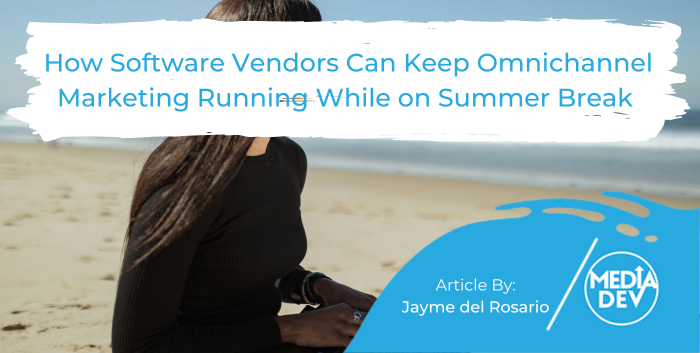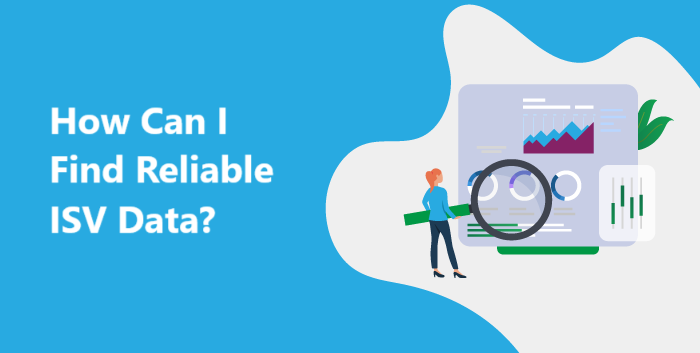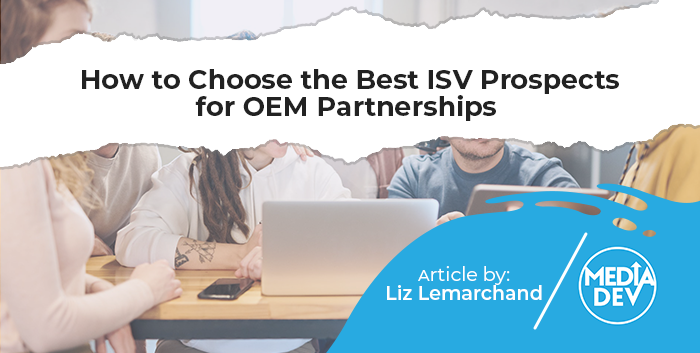It’s amazing to me how many people who work in the software industry are completely unaware about what OEM means. Don’t get me wrong, I’m not judging anyone here. I am merely pointing out that OEM is ignored more often than not. Which if you do understand the benefits of having an ISV-OEM strategy, clearly means that most software companies are missing out on a very profitable source of revenue.
Let me explain.
In layman’s terms, OEM means that as a software vendor, you create relationships with other software companies by connecting your product to or with theirs. You can do this through technology integration whether that be by embedding the feature set of your product directly into theirs, or through APIs. You can do this by white-labelling your product, or by having a dedicated ISV-OEM partnership program. It’s really quite simple if you think about it.
Let’s say you have a solution and you need new features to make your product better. Perhaps your end-user customers are complaining that certain functionalities are lacking in your product, or maybe your competitor is taking away market share and you need to improve your offer. Regardless of the reason behind making improvements to your solution, you need to decide if you are going to build those features yourself, or if you are going to buy them from a third party. That’s where the OEM part comes in.
Building new features is labor-intensive. Opting for a build means you have the resources internally to be able to create those functionalities without it taking an eternity to go to market. It means having the skill set required at your disposition to write and test the code. And let me tell you from experience—that is no easy feat in and of itself! On the buy side, you may achieve lower TCO by opting to integrate the features of another solution provider into your existing product. This ISV-to-ISV relationship enables you to access industry best practices in exchange for a kickback each time you sell a new license.
So getting back to my original thought. If you are a software company, could your offer be OEM’d? Could another software vendor integrate or connect to your product to make theirs better? The answer is very often YES. But many software companies ignore this entirely, focusing only on the next win when it comes to selling their product to end-user customers. When you create an OEM offer for other software companies, it means that every time they sell their software solution to an end-user client with YOUR technology embedded into it, you are making money. In essence, you sold your product once, but then they continue to sell it for you for years to come. Revenue generated this way is substantially higher than only selling to new end-users—so much so that it’s become the primary focus for many large enterprises who have understood the power of OEM.
So the question then becomes: are you selling to ISV end-user customers currently? If the answer is YES that you “sell to” ISVs, it’s a no-brainer that a “sell-with” relationship for your product is a completely logical next step. In fact, doing so means you are already ahead of the game because you can quickly and easily tap into your existing customer base to engage in discussions about OEM. And in this case, OEM could take on a couple of different forms. It could mean an integration piece as I mentioned earlier, but it could also mean a reseller relationship as well. ISVs are constantly trying to better serve their end-user customers, whether that be through product enhancements, or providing additional services (including consulting, databases, or security solutions that are bundled with their product, etc). What if their services could help identify technology needs for other products that they in turn resell? Sounds like a win-win to me!
Regardless of how your OEM offer takes form, it’s important to keep in mind that the goal at the end of the day is to satisfy your clients. Providing an enhanced offering not only enables you to better serve your customers, it means that they’ll likely stick with you in the long haul. So, how much money are you losing by not exploring OEM opportunities with your client base? Probably a lot more than you’ll ever know.
Are you unsure of how to get started designing an effective OEM strategy? Contact us for a free consultation and we’ll help you plan out your next steps.








